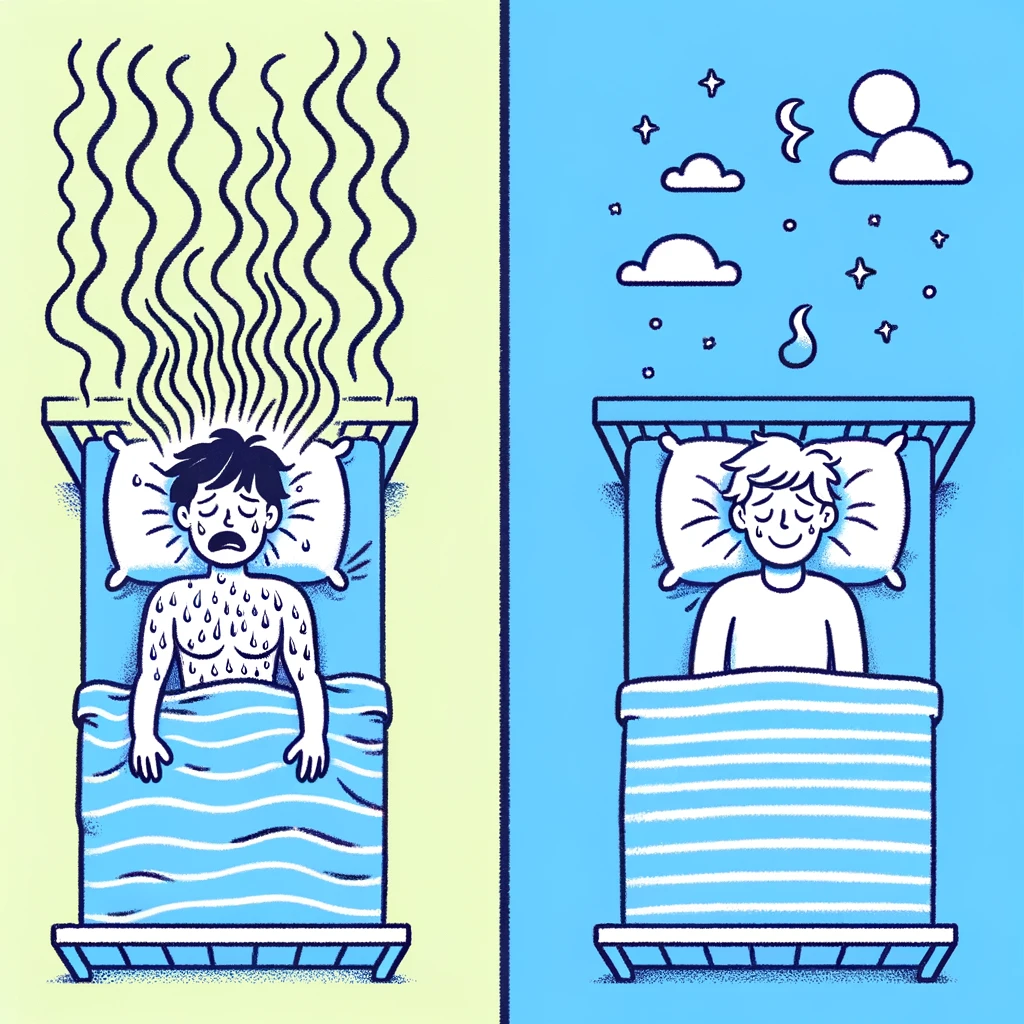Did you know that indoor moisture control encourages energy efficiency, a lower utility bill and a more comfortable indoor environment? Furthermore, it benefits air sealing and insulation efforts. Many homeowners are curious about the best moisture control methods for their space. While the answer will depend on your climate, we generally recommend humidity control solutions first when it comes to moisture control indoors.
Does Ventilation Control Humidity?
In short, ventilation does control humidity … to a degree. There are several types of ventilation: natural, spot and mechanical.
Examples of natural ventilation include open doors and windows that increase airflow. This method is only successful for moisture control purposes when the humidity level outside is lower than the humidity level inside. Otherwise, it increases humidity levels in your home.
Spot ventilation includes localized exhaust fans in kitchens and bathrooms. The name implies that this method only helps reduce humidity in a specific spot. It’s hardly an effective tool for moisture control throughout the home.
Mechanical ventilation has something more to offer. There are two types of mechanical ventilation systems, energy recovery ventilation (ERV) and heat recovery ventilation (HRV). Energy recovery ventilators transfer heat and moisture from an outgoing airstream to an incoming airstream. Preconditioning incoming air saves homeowners a significant amount of money and it’s effective regardless of the outdoor climate. Heat recovery ventilators only transfer heat from outgoing airstreams to incoming airstreams. Similarly, these devices also help reduce utility bills. The best part of mechanical ventilation is that occupants remain comfortable around the clock.
Mechanical Ventilation Solutions
With regard to indoor moisture control, it is highly unlikely that an ERV will remove enough moisture to significantly reduce excess humidity levels inside when it is more humid outside. For an ERV to have a noticeable impact, it would require the homeowner to continuously adjust the thermostat, making the home colder in order to achieve this effect.
Conversely, when it is more humid inside than it is outside (for example during the winter) an ERV would only be able to maintain the indoor humidity level, not increase it.
As for HRVs, they do not directly deal in the business of moisture whatsoever. Unlike ERVs, heat recovery systems solely transfer heat. That being said, they do allow humidity to move in and out of the home during the air exchange process. This could be mildly beneficial for those who experience dry summers or humid winters, but it is not a targeted whole-home solution.
Dedicated Humidity Control Systems
There are two HVAC solutions dedicated to adjusting humidity levels in the home. Dehumidifiers reduce moisture and humidifiers increase moisture.
Dehumidifiers use an internal fan to pull air inside your home’s ductwork. Once the air travels toward the system, it passes by coils that collect moisture (water vapor) and turn it into water.
There are two types of whole-home humidifiers: evaporative and steam. Evaporative humidifiers move warm air over a wet pad, which then turns into water vapor. Steam humidifiers hold water in a reservoir and heat it up, turning it into water vapor.
 Whole-Home Humdifiers: Trouble choosing between the two? Take a look at this article that compares and contrasts the two types of humidification strategies. Learn more →
Whole-Home Humdifiers: Trouble choosing between the two? Take a look at this article that compares and contrasts the two types of humidification strategies. Learn more →Both dehumidifiers and humidifiers utilize a humidistat to determine when the home is too humid or too dry. Homeowners can set the humidistat, as they would a thermostat, to maintain a certain level of humidity. Most importantly, both of these systems are specifically designed for indoor moisture control. Thus, making humidity control the better choice for homeowners looking to reduce or increase indoor humidity levels.
Creating the Perfect Atmosphere
While both ventilation solutions and humidity control solutions benefit indoor moisture control, whole-home humidity control devices are the superior option. Humidity control systems are specifically designed to address indoor moisture, whereas ventilation strategies are simply a byproduct. Their main purpose is to save energy. Homeowners looking to control moisture indoors should invest in a humidifier or dehumidifier, depending on the surrounding climate.




